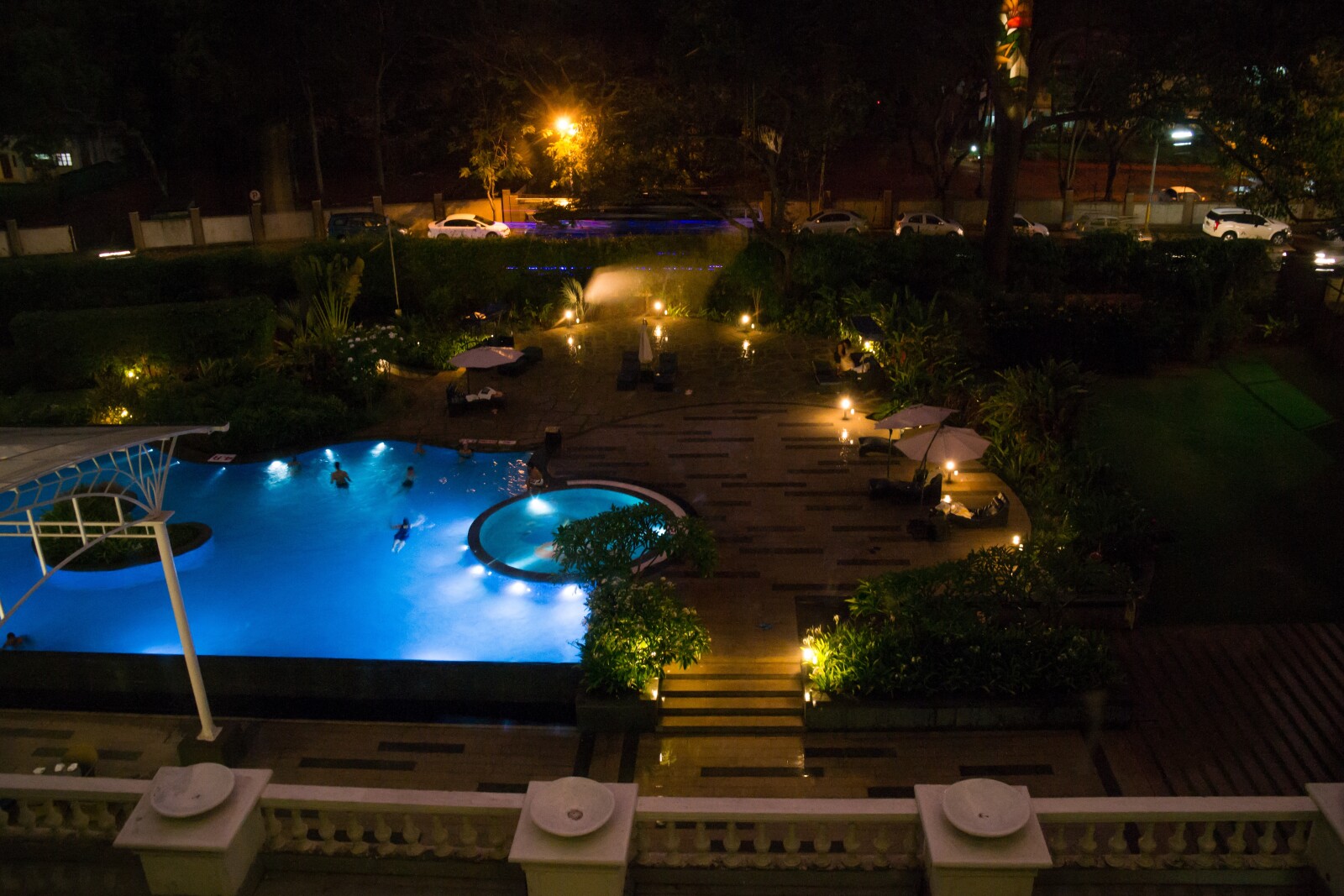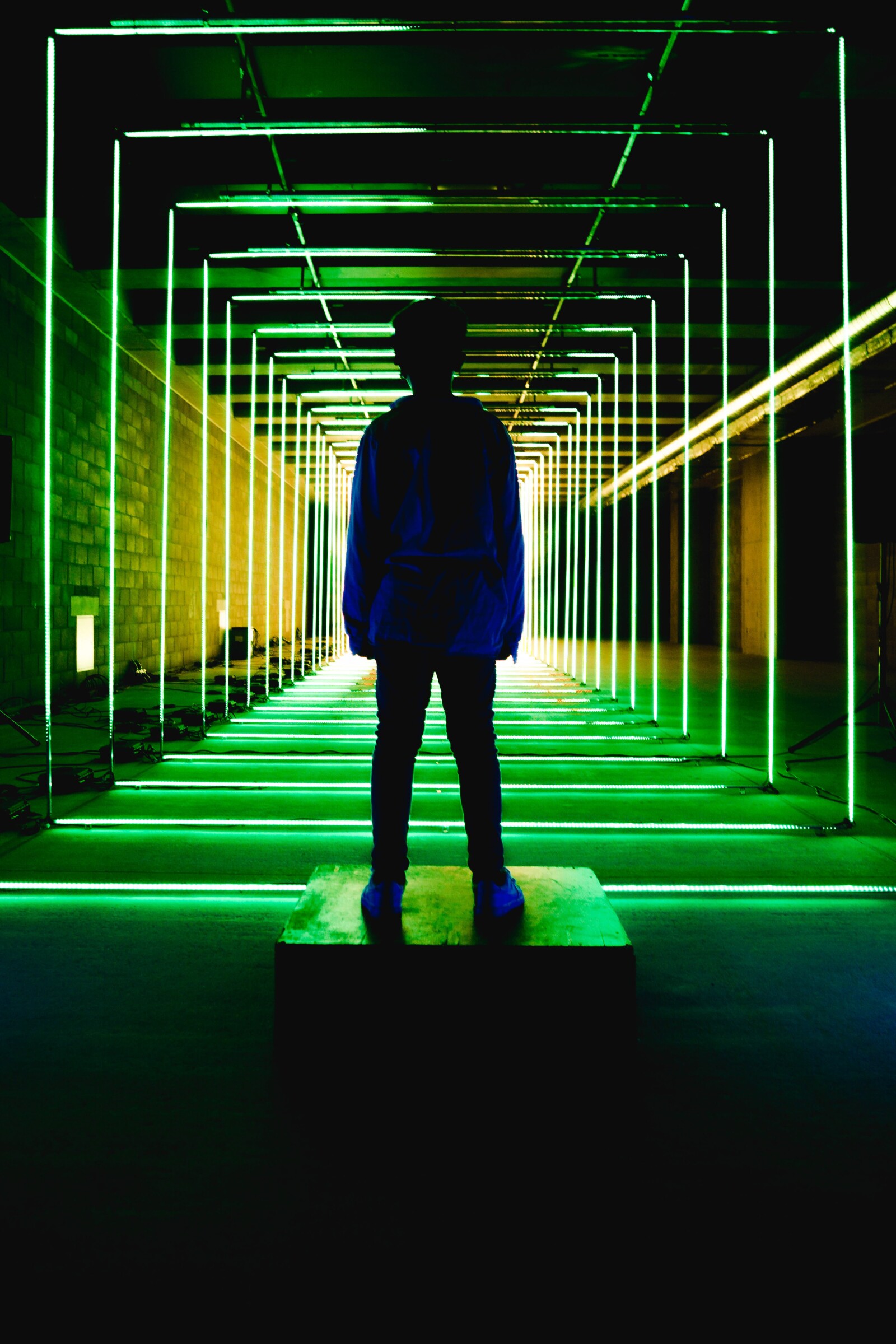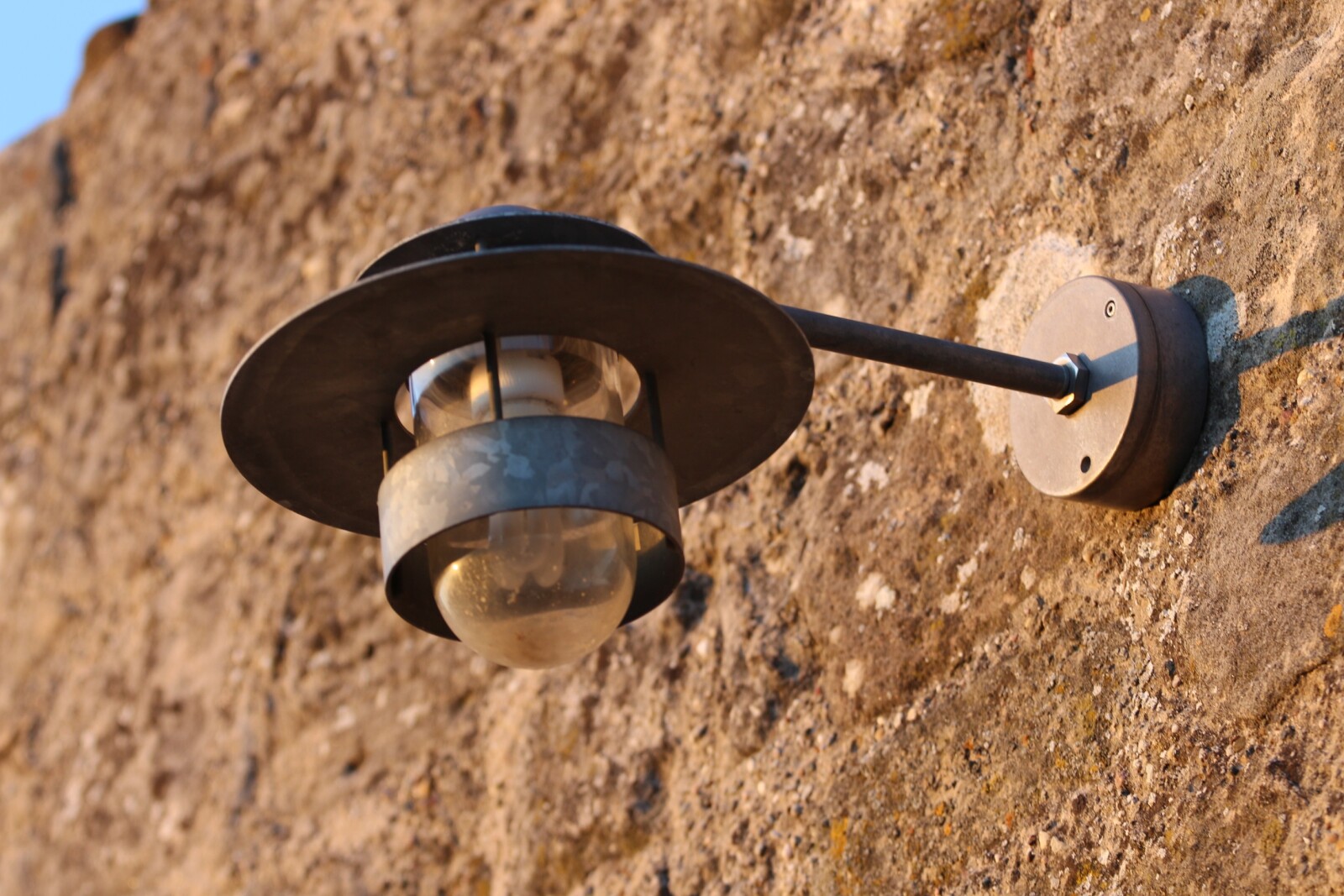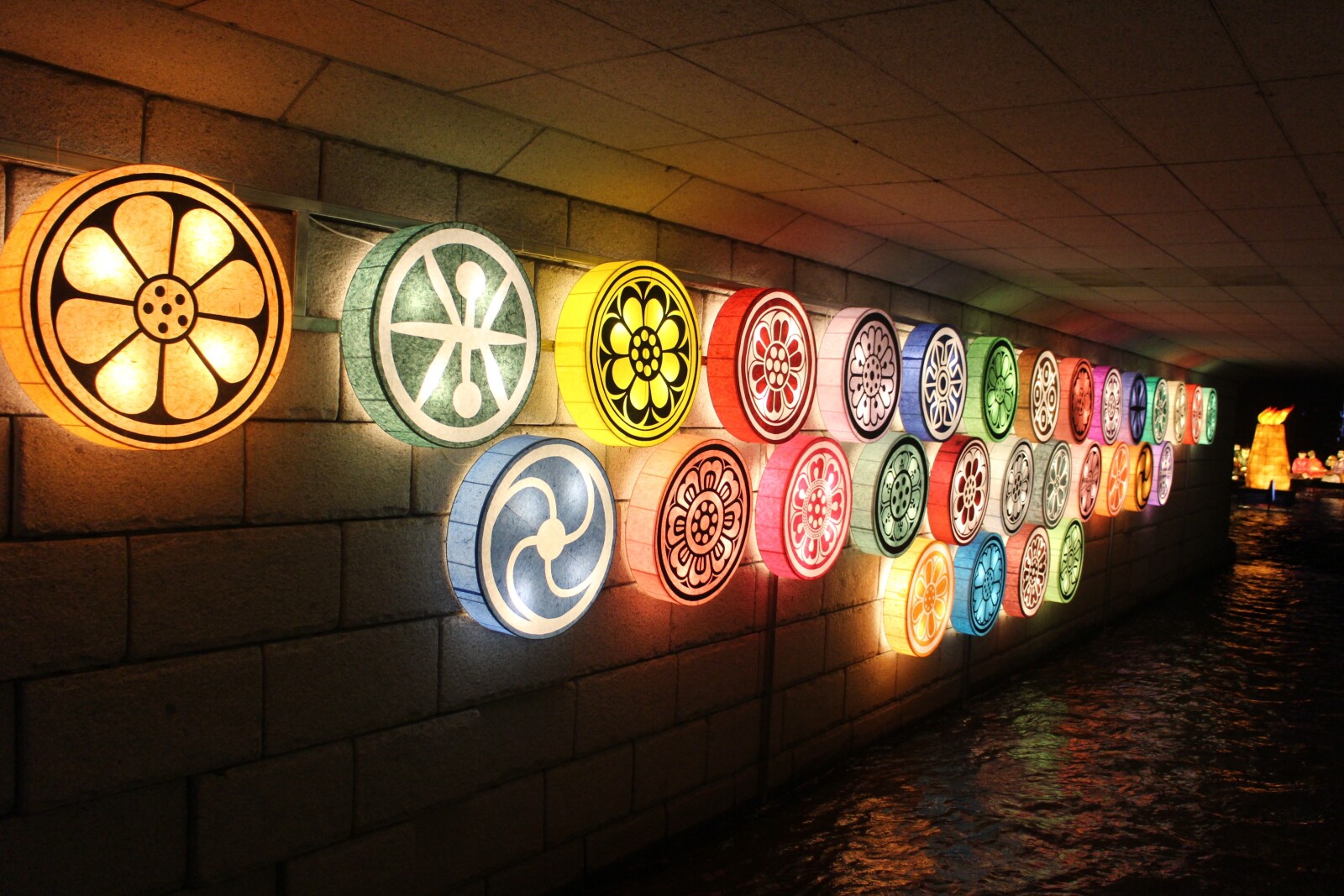Landscape lighting is a simple way to increase your home’s curb appeal. Lighting up your front yard and backyard can also enhance safety and security and make the space more enjoyable at night. However, many tips and principles can help you make the most of your landscape lighting. In this article, we’ll review all of the essential information you need to know about landscape lighting and some helpful tips for improving the look and feel of your outdoor spaces.

Know what you want to light before you shop for landscape lighting.
Before you start shopping, know what you want to light. If you want to light a walkway, know how long it is. If you’re lighting a garden, know how big it is. And if the area is small (like an office desk), consider using under-counter lights instead of landscape lighting because they can be aimed at any area and have no cords or wires visible from above ground level.
You should also consider where these fixtures will go once installed: on poles along your property line or within the landscaping itself? The latter option will require different fixtures than if they are located off-site in poles.
Types of landscape lighting
Downlights illuminate hard landscape features, such as pathways and steps. They can also be used to highlight trees or statuary with a long reach.
- Uplighting
Uplighting uses ground-mounted lights that shine upward onto plants and trees, illuminating the underside of leaves with a soft glow. This effect creates an atmospheric quality in your garden while attracting wildlife such as butterflies and moths.
Path lighting is best suited for accentuating the edges of paths with light with no overhead lighting nearby (such as along an outdoor hallway). These fixtures can be designed to project light far into your yard at night, so you don’t need bright porch lights that may annoy neighbors or attract bugs inside your home.

Placement of landscape lighting
When it comes to the placement of your landscape lighting, be sure to think about what type of lighting you want to achieve. For example, if you’re looking for spotlights that highlight a focal point in your yard, they should be placed accordingly. However, if you’re trying to illuminate an entire area—which can be especially helpful when entertaining guests outdoors—consider placing lights at a distance from each other to cast light over a large area and make it feel more spacious.
You may also want to consider where water sources are located to where your fixtures are placed; this will help prevent damage or corrosion from occurring due to their proximity to each other.
How to use landscape lighting
Landscape lighting can highlight features in your yard, create a mood, or both. If you use too much landscape lighting, it will look tacky and cheap. This article aims to help you determine how much landscape lighting you need and how to use it properly so that your home looks inviting and bright, not gaudy or tacky.
When considering landscape lighting, one thing to keep in mind is that it should be used to highlight specific features, not just light up the entire yard like some sort of parkway on steroids. For example, if there is an old tree in your backyard with beautiful bark and gnarled roots, then adding some type of accent light under the branches would be effective at highlighting these features while leaving the rest of the yard dark enough. Hence, as not to compete with those highlights but still visible sufficient for security purposes or just general enjoyment from inside your house at night when looking outside through windows facing this part of your property!

Make sure you get long-lasting bulbs.
Landscape lighting is an investment for your home and property. While it can be a pricey project, you’ll save yourself some cash in the long run by using bulbs that will last up to 50,000 hours. If you’re looking for something that can be used in landscape lighting and other applications, look no further than our EverLite® Lifetime LED bulb! This innovative product is energy efficient, low maintenance, and environmentally friendly. It’s perfect for ensuring your LED lights stand the test of time—and it’s available exclusively at Lowe’s Home Improvement Stores across Canada!
We offer a wide selection of EverLite® Lifetime LED bulbs in different sizes – from 75mm to 20mm – so whether you have one light fixture or any other fixtures on your property, we have an option for everyone!
Consider adding stepping stones or other types of path lighting.
Path lighting can be a great way for you to illuminate your walkways. Path lighting can also be used as an accent light to highlight a particular feature in your landscape, such as a fountain or sculpture. You can use path lighting to create a romantic setting, like dimming the lights around your home and then illuminating them with candles on the patio where you have dinner. Path lighting is also useful for creating dramatic effects that are certain to impress guests at your next party or event.
Path lighting is not just reserved for pedestrian pathways; it can also help make areas safer by providing added visibility when entering or exiting garages or other buildings that may be dark at night.
Using plug-in cords is cheaper but also less flexible than hardwiring.
Plug-in Cords are cheaper than hardwiring your lights, but they also have some drawbacks. The main one is that you can’t move them around once they’re plugged in.
Plug-in cords are less flexible than hardwiring, and you can’t easily change the location of your light fixtures without moving the Cord and plugging or replacing the whole thing.
Plus, if something goes wrong with the cord or plug itself (a common occurrence), you’ll have to get an electrician out again, which can get expensive fast.
They’re also less durable than hardwired lighting systems because there’s more opportunity for things to go wrong over time with these types of lights than there is with hardwired ones.
Select low voltage lighting, not high voltage, for safety and energy efficiency.
There are two types of landscape lighting, high voltage, and low voltage. The most important thing to keep in mind when choosing the type of system for your home is safety, and the second consideration is energy efficiency.
A low-voltage lighting system uses less power than a high-voltage system because it operates at lower voltages (typically 12 volts) with less wattage per bulb. As a result, the amount of electricity used by each component (bulb) is reduced, and therefore your total electrical usage is reduced. For example, if you have 16 bulbs installed in your garden and they were all powered by high-voltage bulbs, each bulb would require around 30 watts; however, if you had them installed using 12-volt low-voltage fittings instead, then only about 7 watts would be needed for each fitting! That’s a huge difference when multiplied out over 16 lights!
Landscape lighting doesn’t have to cost a fortune to transform your yard after dark.
Landscape lighting doesn’t have to cost a fortune. While you can invest in professional landscape lighting that can run into thousands of dollars, you can also create a similar effect on a much smaller budget.
For example, you might be surprised at how inexpensive adding some decorative pathway lighting can be, especially if you choose the right fixtures and place them strategically along your walkway. A few simple lights here and there will create a warm glow and highlight features like trees or sculptures while creating an inviting space for guests coming through your gate.
Similarly, outdoor wall sconces with spotlights are another great way to illuminate areas like pathways or paths that lead up/down steps into your backyard (or elsewhere). These fixtures are excellent at highlighting specific features — whether they serve as art pieces or even just provide an entry point into your yard — without having any negative impact on neighbors’ views or privacy concerns (unless they’re facing directly toward their homes).
Conclusion
We hope this guide helps you get started on your landscape lighting project. If you don’t already have a landscape lighting system, you’ll be amazed at how better your yard can look after dark. And if you already have a lighting system, perhaps the time has come to upgrade to LED or another new kind of bulb. Whatever the case, it’s always a good idea to check out some new ideas and lighting discount coupons before deciding on the type of landscape lighting that works best.


